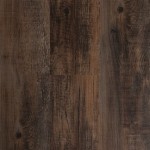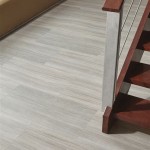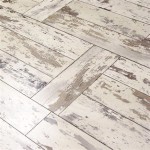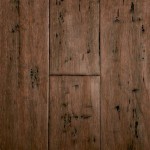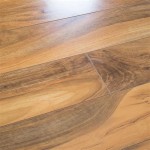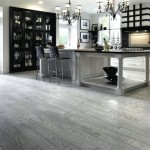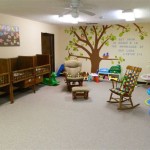Laminate Wood Flooring in the Kitchen: A Guide to Essential Aspects
Laminate wood flooring has gained immense popularity as a versatile and durable option for kitchens. Its realistic wood-like appearance, combined with exceptional water and scratch resistance, makes it an attractive choice for this high-traffic area. However, selecting the right laminate wood flooring and understanding its specific requirements are crucial to ensure a long-lasting and visually appealing installation.
Types of Laminate Wood Flooring
Laminate wood flooring comes in various types, each with distinct characteristics:
- High-Pressure Laminate (HPL): The most common and affordable type, HPL offers durability and resistance to wear and tear.
- Direct Pressure Laminate (DPL): Similar to HPL, but with a thicker decorative layer, providing enhanced scratch resistance.
- Continuous Pressure Laminate (CPL): A thinner and more flexible option, suitable for areas with less foot traffic.
Water Resistance and Durability
When choosing laminate wood flooring for your kitchen, water resistance is a critical factor. Laminate flooring with a high AC rating (Abrasion Class) indicates its resistance to wear and scratches. Additionally, look for flooring with a water-resistant core to protect against spills and moisture.
Installation and Maintenance
Laminate wood flooring is relatively easy to install, using a click-lock system that allows planks to be clicked together without nails or glue. Regular maintenance, including sweeping, vacuuming, and occasional damp mopping, is sufficient to keep it looking its best.
Design Considerations
Laminate wood flooring is available in a wide range of colors, textures, and wood species. Choose a design that complements your kitchen decor and creates the desired ambiance. Consider the size of the kitchen, the amount of natural light, and the overall style when selecting the flooring.
Additional Features
Some laminate wood flooring products offer additional features that enhance functionality and aesthetics, including:
- Underlayment: Attached underlayment provides added sound absorption and cushioning.
- Micro-bevels: Slight bevels between planks create a more authentic wood plank look.
- Attached backing: Reduces noise and provides a moisture barrier.
By carefully considering these essential aspects, you can select the ideal laminate wood flooring for your kitchen. It will transform the space into a warm and inviting environment, while providing the durability and water resistance necessary for this high-traffic area.

Laminate Flooring Ct Wood Dalene Carpet Onedalene

Kitchen Laminate Flooring 2024 Guide Floorvenue

Laminate Flooring In The Kitchen

20 Gorgeous Examples Of Wood Laminate Flooring For Your Kitchen

13 Ideas For Upgrading Your Kitchen Floors Extra Space Storage

Hot Flooring For Kitchens Is Wood But What About Water The Seattle Times

10 Kitchen Flooring Ideas Purewow

Kitchen Floor Ideas For Your Home Carpet One

20 Gorgeous Examples Of Wood Laminate Flooring For Your Kitchen

Best Wood Flooring For Kitchens Kitchen Options
Related Posts

